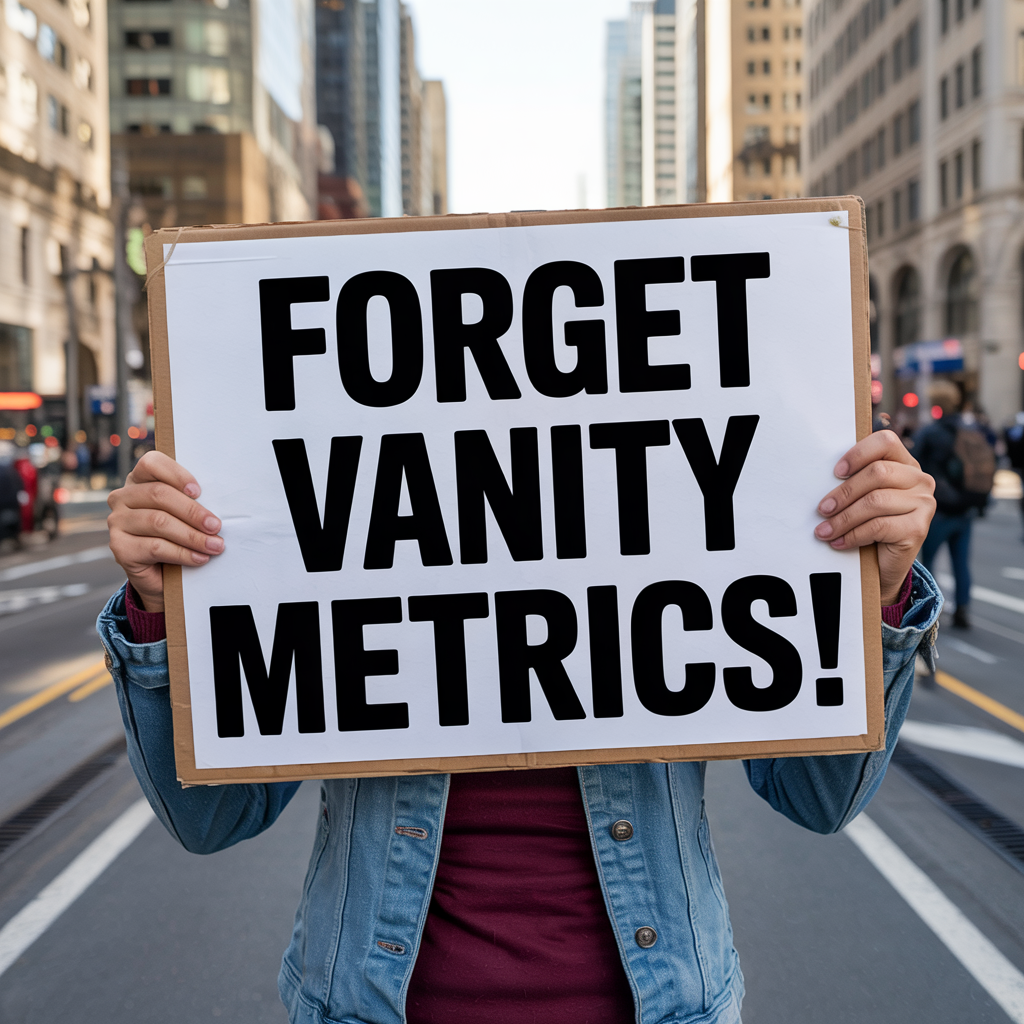Sunday, July 06, 2025
Sunday, July 06, 2025

by Silvia Cambie:
Remember the times when frantic leaders would beg us to help them out with their poor employee survey results?
Those were ‘the’ moments for senior communicators to shine. We would kick into action, tap into our core expertise, make them understand the ‘why’ behind the results and reconnect them with their audience. This work would also contribute to get them back into their board’s graces – a key factor for anybody trying to climb the upper echelons of a corporate.
You couldn’t get much more strategic than that.
However, this was then. Employee surveys have since fallen out of favour; the validity of their results questioned; the methodology considered no longer in tune with the digital worker’s always-on world.
But fear not. There is another area where our expertise is going to be crucial. Execs might not know it yet, but it’s there.
The AI Pressure Cooker
Jim Covello, global head of equity research at Goldman Sachs, recently mentioned that for enterprises to see meaningful returns, AI solutions need to address highly complex and mission-critical challenges. Companies from the tech and other sectors are expected to spend $1 trillion in AI capex in the next years and the jury is still out on whether this will pay off.
You understand the kind of pressure senior execs are under. The board wants proof that the company is ‘future-ready’. Investors are asking about the AI strategy on every earnings call. Pressure is mounting to cut costs and boost productivity.
As communicators, we have always had the finger on the corporate pulse. We aren’t just message carriers; we sit at the crossroads of strategy, operations and execution. We know where leaders’ ambitions aren’t translating into action. Teams regularly share their frustrations with us about being overwhelmed by complexity and multiple waves of transformation.
That is why our advice to senior execs is invaluable. We know where the pain is being felt. We can help them focus on the right areas and realise quick wins; those early successes so loved by the board.
The Strategic Muscle we Forgot we Had
Take for example institutional memory. If you have ever worked in oil and gas, you are familiar with the problem the industry has long had with their aging workforce.
Capturing and documenting the expertise of staff about to retire has been a challenge in an industry which is still struggling with the digitization of engineering documentation and equipment records in remote locations. However, in recent years, the rise of wearable tech and AI has been offering a new approach to the problem.
Institutional memory lives in the conversations employees have, in the interactions with colleagues that help resolve issues. These exchanges are captured in the digital channels field workers use to connect, as well as in the recordings from the wearable tech of their vests and hard hats. Preserving institutional memory is about the creativity and freedom to combine different data sets and applying AI to gain insight. As communicators, we know where the data is and who its owners are. We can advise execs in a knowledgeable way on how to use it.
Owning the Space
According to research by Rand, 80% of AI projects fail because of the lack of alignment between leaders and technical experts.
Data and technology are key parts of any AI strategy. Unlike other components of the strategy, like people & skills or governance & ethics, the tech part is usually the most difficult for non-IT execs to get their heads around.
Communicators can help bring about an understanding. We can build bridges between IT and business leaders by facilitating an open dialogue and initiatives like Q&A sessions, interviews, jams.
Often, alignment does not happen because the stakeholder landscape is not clear. Communicators are used to scan the horizon for parties who might be impacted as well as for hidden influencers or silent sceptics. Advising leaders about the stakeholder landscape is one of the most strategic contributions a communicator can make. As AI strategy goes, it’s the place where we want to be.
Just like we used to make leaders more popular, and help re-establish their rapport with the board, we can now help them chose the right ‘big bets’ and rally stakeholders around them.
I encourage communicators to aspire to lead in this space. It’s where true transformative work is going to happen; work that promises to be crucial for the survival and future of our profession.
Image by Ideogram.ai
++
Silvia Cambie is an accomplished professional who works at the crossroads of technology and communication. A former business journalist, Silvia’s background spans corporate comms, employee engagement, change management and enterprise social networking. Her experience in tech includes digital transformation, Cloud and AI. She is a #WeLeadComms honoree, a Strategic Columnist, and a published author.
Written by: Editor
© 2025 Stratpair Ltd., trading as Strategic. Registered in Ireland: 747736